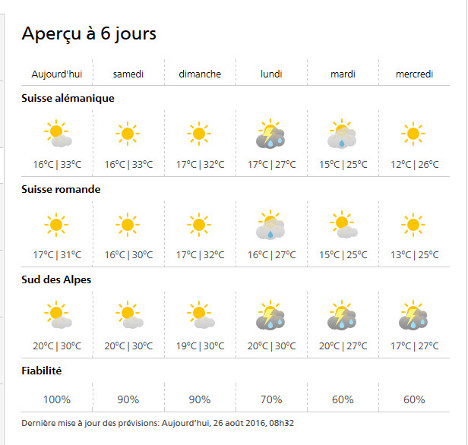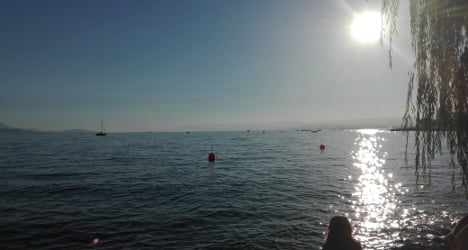Geneva reached 33.3 degrees, the first time the canton has ever exceeded 33 degrees in the final week of August, said news agencies citing MeteoNews.
And some regions sweated through a tropical night on the night of Thursday to Friday, defined as a night in which temperatures do not drop below 20 degrees.
St. Chrischona in the canton of Basel-City recorded the highest night-time temperature, of 22.9 degrees, while several places in French-speaking Switzerland, including Vevey, Lausanne and Le Bouveret, also experienced tropical conditions, according to MeteoNews.
The canton of Valais raised its forest fire threat level to four out of five on Thursday, meaning there is a ‘strong’ risk of fires in the area, authorities said in a statement.
With hot weather continuing to Sunday, people are being advised to only light barbecues and open fires in designated areas and to always keep watch over the fire.
But for the moment, there is no ban on campfires, unlike in 2015 when a ban was in place for six weeks over the summer.
The heat is expected to last until Sunday, after which time some storms and rain will lower temperatures slightly into next week.

Source: Meteo Suisse




 Please whitelist us to continue reading.
Please whitelist us to continue reading.
Member comments